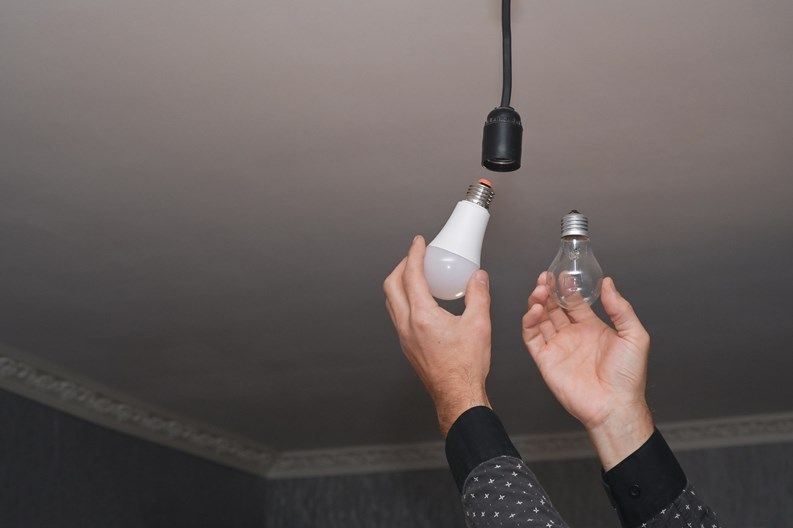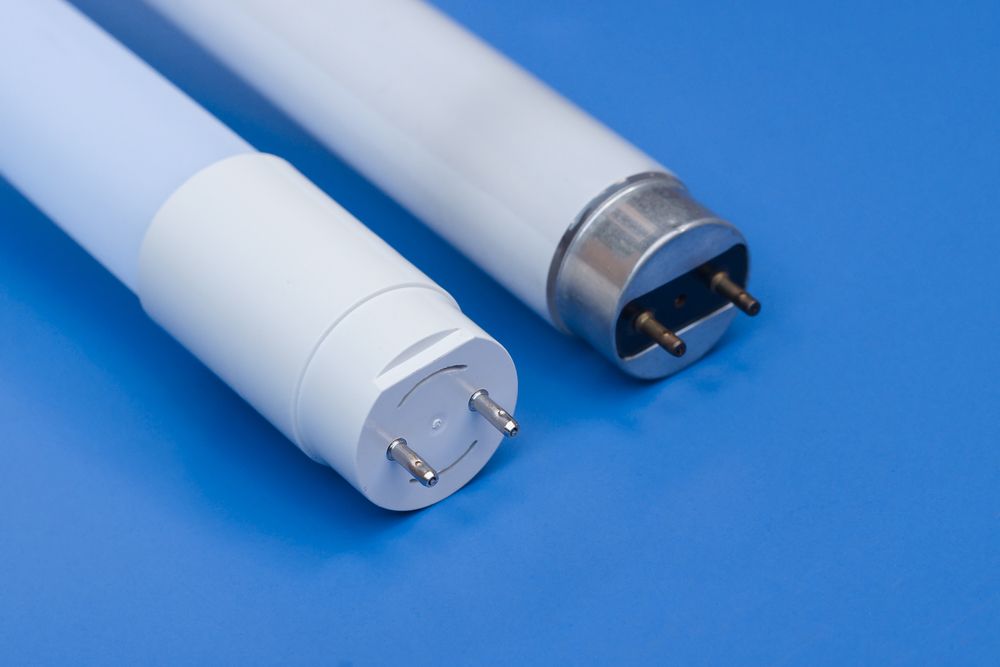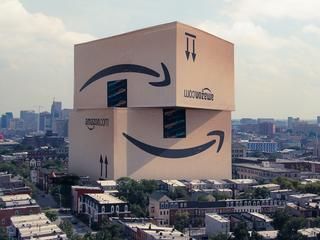Illuminating Educational Spaces: The Benefits of LED Lighting for Schools, Universities, Offices, Libraries, and Gymnasiums

Illuminating Educational Spaces: The Benefits of LED Lighting for Schools, Universities, Offices, Libraries, and Gymnasiums
Introduction:
In recent years, educational facilities worldwide have been transitioning to LED lighting systems. LED lighting, short for Light Emitting Diodes, offers a range of advantages such as energy efficiency, reduced maintenance costs, improved comfort, and enhanced learning environments. This article explores the numerous benefits of LED lighting in educational arenas, including schools, universities, offices, libraries, and gymnasiums.
1. Energy Efficiency:
One of the most prominent reasons for adopting LED lighting is its exceptional energy efficiency. Compared to traditional lighting options, LEDs consume significantly less electricity, resulting in reduced utility bills for educational institutions. Additionally, their long lifespan means fewer replacements, leading to further cost savings.
2. Brighter and Safer Learning Spaces:
Proper illumination is crucial in educational settings as it directly impacts students' concentration, focus, and comfort. LED lighting provides uniform and consistent brightness, eliminating dark spots and shadows. This enhanced visibility not only promotes effective learning but also reduces eyestrain and fatigue, ultimately creating a safer environment for students, faculty, and staff.
3. Improve Student Performance:
Studies have shown a strong correlation between lighting quality and students' academic performance. LED lighting is designed to mimic natural daylight, promoting alertness, productivity, and overall well-being. By leveraging LED technology, educational facilities can create a stimulating and vibrant atmosphere conducive to increased motivation, engagement, and overall enhanced learning outcomes.
4. Enhance User Experience in Libraries:
Libraries are now transforming into vibrant learning spaces used not only for reading but also for collaborative projects and research. LED lighting can contribute significantly to these versatile environments, providing consistent color rendering and adjustable lighting levels. By selecting the right intensity, libraries can create optimal visual conditions, ensuring a comfortable reading experience while helping visitors stay focused and energized.
5. Sustainable Solutions:
As the world becomes increasingly environmentally conscious, the adoption of sustainable practices is more important than ever. LED lighting aligns perfectly with this ethos by being mercury-free and emitting much less carbon dioxide compared to traditional lighting. This makes LEDs an eco-friendly choice that can help educational institutions reduce their carbon footprint and support green initiatives.
6. Multi-purpose Spaces:
Gymnasiums are an integral part of educational institutions, serving multiple purposes beyond physical education classes, such as assemblies, events, and examinations. LED lighting can transform these spaces by providing dynamic lighting options, including programmable color-changing lights. This capability enhances the versatility of these areas, creating a vibrant, energy-filled atmosphere for sporting events or calming, exam-friendly environments for evaluations.
Conclusion:
The advantages of LED lighting are revolutionizing educational facilities across the globe. From schools and universities to offices, libraries, and gymnasiums, LED lighting offers energy efficiency, increased student performance, enhanced comfort, and flexibility to cater to the varying needs of these spaces. Implementing sustainable and visually appealing lighting solutions can pave the way for improved learning environments, reduced energy consumption, and substantial cost savings, making LED lighting an investment worth considering for educational institutions.












